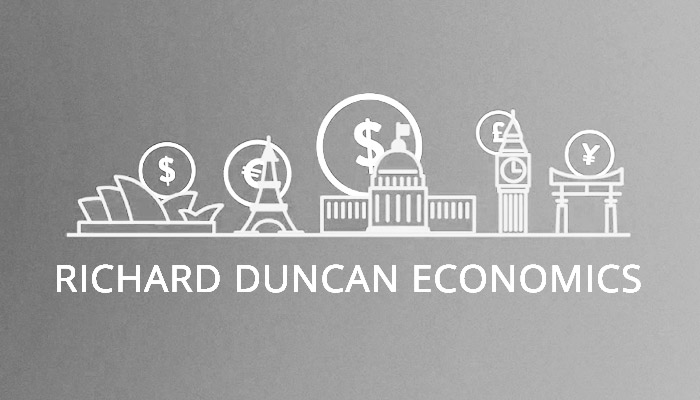Economics In The Age Of Paper Money

Posted January 6, 2011
“Irredeemable paper money has almost invariably proved a curse to the country employing it.” So wrote America’s greatest economist, Irving Fisher, in 1911. Sixty years later President Nixon severed the last remaining link between US dollars and gold, leaving not only the United States but the entire world on an irredeemable paper money standard. Since then paper money has transformed the world we live in by making credit abundant instead of scarce. It has also brought the world to the brink of a new great depression by creating a worldwide credit bubble. Economists and policymakers, however, have yet to understand the full significance of this monetary revolution — neither the dangers it poses nor the opportunities it presents.
If we are to escape the curse of paper money referred to by Fisher, the first step is to understand that the economy functions very differently now than it did before 1971. In fact, the study of economics requires a complete reassessment because many of the old “truths” handed down for generations appear to be no longer valid (even though, in the long run, we may find that the validity of those truths was merely temporarily suspended rather than permanently overturned).
During the weeks and months ahead, this blog will strive to explain the riddles of economics in the age of paper money. The following will be among the topics addressed:
• Interest rates. Classical economic theory taught that when governments ran budget deficits and borrowed money to finance them, they pushed up interest rates and “crowded out” the private sector. Today, however, the US government has trillion dollar budget deficits while interest rates are near historic lows. So what does determine interest rates in the age of paper money?
• Trade. Traditional economic theory taught that an automatic adjustment mechanism existed that ensured that trade between nations balanced. Since the breakdown of the Bretton Woods international monetary system, however, enormous and persistent trade imbalances have destabilized countries with large trade surpluses as well as those with large trade deficits. What changed?
• Inflation/deflation. According to the Quantity Theory of Money, which dates back many centuries, if the quantity of money increases, prices must also increase. Yet, during recent years, central banks have created the equivalent of trillions of dollars, while there has been steady disinflation and growing fears of outright deflation. How is that possible?
• Statism vs. capitalism. Governments are now directing national economies using deficit spending and paper money creation. Why has that become necessary to stave off economic collapse? What ever happened to laissez-faire?
All of classical economic theory was constructed on the premise that gold was money. Governments had no power to create gold. Adam Smith and David Ricardo could not have imagined a world in which budget deficits and trade deficits amounting to hundreds of billions, if not trillions, of dollars each year were incurred and financed with irredeemable paper money created by governments. Yet that is the world we inhabit. It’s a new world, and we do not yet understand exactly how it works. It’s a world built on a house of cards. Still, it may not be too late to buttress its foundations and prevent its collapse.

No comments have been made yet.